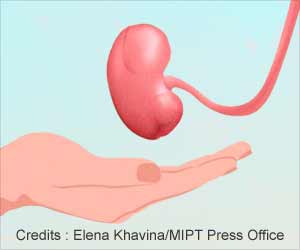Depleted uranium oxide aerosols are known to be a distinct human health hazard .
The contaminant DU has been suggested in part at least , for illness in both military and civilian populations that may have been exposed.
University of Leicester geologist, Professor Randall R Parrish will be giving this message to the 119th annual meeting of the Geological Society of America at the Colorado Convention Center in Denver on 28 October 2007 at 10.05-10.25am.In his talk entitled: ‘Depleted uranium (DU): its environmental dispersion and human uptake’ he will outline his research findings on a new method of tracing DU.
The issue has been the subject of investigations by the Royal Society (UK), the National Academy of Science (US) and other bodies, but studies of individuals who have been clearly exposed to environmental contamination are lacking.
Professor Parrish commented: “Our objective was to develop a high sensitivity method of EU detection in urine, using MC-ICP mass spectrometry that would be capable of detecting an individual’s exposure to DU up to 20 years after the event.
“We developed this method and applied it to individuals, either known or likely to have had a DU aerosol inhalation exposure, and to a large voluntary cohort of 1991 Gulf conflict veterans to assess DU exposure screening reliability and accumulate data on exposure.”
Using his method, Professor Parrish and his research team have found traces of DU in urine more than 20 years later, in those cases where exposure to DU aerosol has been unambiguous and in sufficient quantity. This is true even when the U concentration is at the low end of the normal range.
Advertisement
Professor Parrish added: “Our method has been used to show that it is capable of resolving legal cases based on a claim of DU exposure. Also it shows that the occurrence of DU in 1991 Gulf Conflict veterans is likely to be uncommon to rare, but if a significant inhalation exposure occurred then it can be detected in urine for decades to come.
Advertisement
Source-Eurekalert
ANN/V





